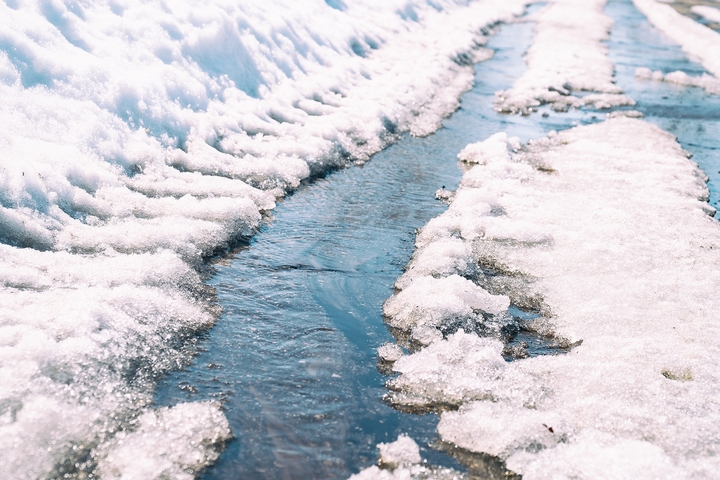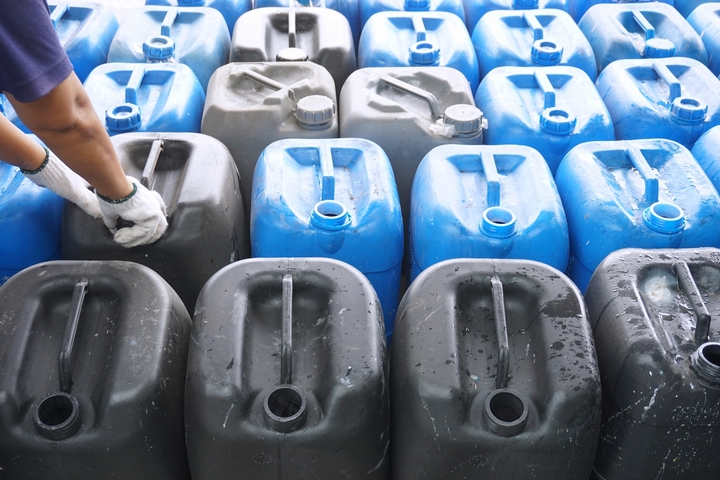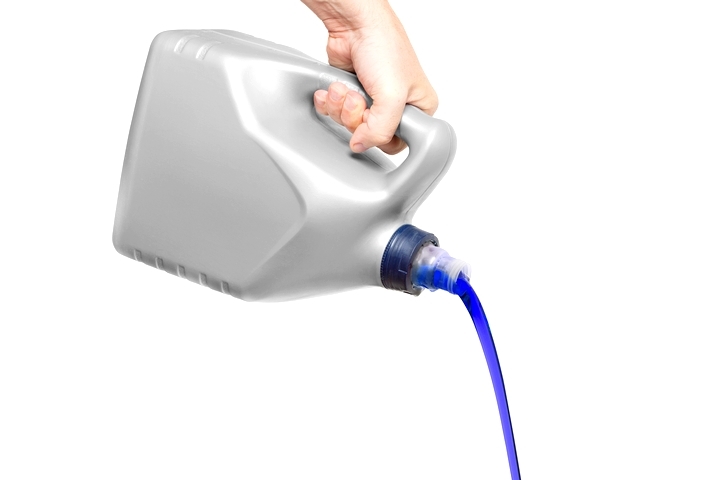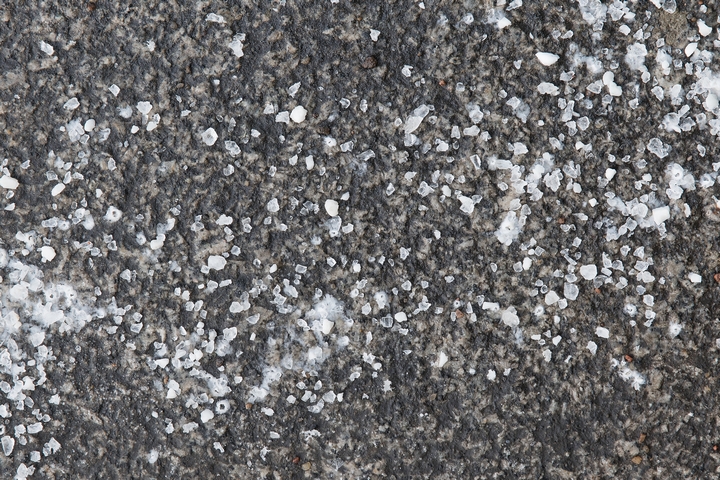
When melting ice, several factors are important, including the speed of the melt, the volume of de-icers required, and the actual de-icing process. These dynamics affect the cost-effectiveness of an ice melting solution.
When selecting a de-icer, consider its cost-effectiveness, impact on the ecosystem, and whether it’s safe to use on walkways. Every chemical used to de-ice roads and bridges comes with its own pros and cons. Ensure the de-icer you choose meets your needs without upsetting the ecosystem.
The following are six best solutions that melt ice during winter:
1. Liquid De-icers

During winter, the liquid de-icer is a commonly used solution that melt ice quickly. The speed and ease of application combined with a lower cost of loading and transportation make using liquid de-icers an attractive proposition for melting ice. Liquid de-icers quickly fill up tanks and spray applicators, making them convenient for application and offering high precision.
Due to their effectiveness in terms of application speeds, liquid de-icers can be safely used in high-traffic pedestrian zones. Besides, they are less labour-intensive compared to granular ice melting products.
Only a small amount is needed to melt ice, making liquid de-icers highly cost-effective. They also work extremely fast and are easy to apply.
2. Granular De-icers

These solutions can melt ice in larger areas, although they require push spreaders. They are slightly more labour-intensive compared to liquid de-icers, especially in areas with high pedestrian traffic where a slow application can negatively affect safety.
Together with hand-held de-icers, they are mainly used on steps, walkways and ramps.
3. Carbohydrate De-icers

Corn syrup, molasses and beet juice are three main types of carbohydrate de-icers. The elevated conductivity in carbohydrate de-icers prevents the initiation and acceleration of metal corrosion. These solutions also do not affect plants, automobiles, or concrete. They also don’t cause rebar corrosion.
Carbohydrate de-icers have minimal effect on air quality. However, they can adversely affect water and aquatic life since they exert undue demands on oxygen.
4. Acetate-based De-icers

There are three main types of acetate de-icers. Each has a different lowest melting point. For instance, calcium magnesium acetate’s lowest melting point is 20⁰ F. That of potassium acetate is -15⁰ F, while that of sodium acetate is -10⁰F.
Generally, acetate de-icers have less impact than chlorine on vehicles, road and bridge infrastructure, as well as the environment. In terms of metal corrosion, acetate-based de-icers have a negligible effect on the steel rebar used on bridges.
Chloride- and sodium-based de-icers, on the other hand, have a higher impact. When applied on an aluminum surface, an acetate-based de-icer is about 90% less corrosive than salt.
Potassium acetate and calcium magnesium acetate have a higher likelihood of damaging concrete on roads and bridges, unlike sodium acetate. Slag-blended cement is barely affected by acetate de-icers, but asphalt is profoundly affected.
In automobiles, acetate de-icers have less impact on vehicle parts such as tubes and brake lines. The same, however, cannot be said of salts. Besides, acetate de-icers have little to no impact on plants, a low impact on air quality, and a moderate impact on aquatic life and water.
This is because it affects oxygen demands and has a positive impact on soil since it improves its structure and permeability. Acetate-based de-icers are recommended in areas where the use of chloride de-icers is limited.
5. Chloride-based De-icers

The three main chloride de-icers are sodium chloride, which has a low melting point of 15⁰F, calcium chloride with a low melting point of -20⁰F, and magnesium chloride, which can melt at temperatures as low as -10⁰F.
Chloride de-icers have a negative impact on the environment, roadways, bridges and automobiles. They cause corrosion and pitting to bridge rebar.
They damage concrete on roads and bridges, especially magnesium chloride, which causes scaling. Besides, these solutions react with cement paste, utterly destroying the concrete.
Calcium chloride leads to a similar degradation. However, this occurs at a slower rate and degree.
Chloride de-icers have minimal impact on air quality, a moderate effect on aquatic life and water, and a high impact on plants, leading to root and foliage damage. They also break down the soil structure, lowering its permeability and stability.
6. Sodium De-icers

Sodium chloride (NaCI), also known as rock salt, road salt or halite, is the cheapest and most commonly used de-icing chemical. About 10 -14 million tons of it is used every year in Canada and the US. This comes at the cost of $10 or less per 50 pounds, according to a study conducted by the University of Nebraska, Lincoln.
Another study conducted at Marquette University concluded that de-icing roads using salt reduced the number of accidents by 88 % and injuries by 85%. Rock salt is harmful to the environment, materials and physical structures.
It can damage asphalt, concrete, stone and brick. To be safe, don’t use it on concrete that’s not at least a year old. Besides, it negatively affects pets and can contaminate groundwater. Should it leach into nearby soil, rock salt can change its composition and harm grass and plants.